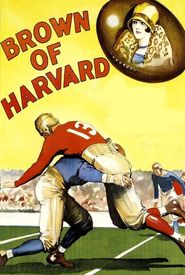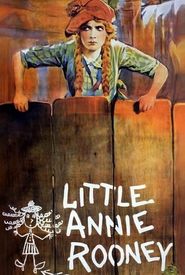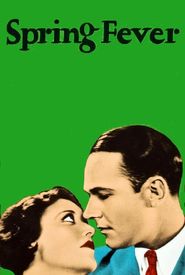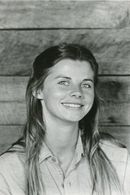William Haines was born in Staunton, Virginia, and before he reached his teenage years, he decided to take a bold step and leave his hometown to forge his own path in life. This bold move led him to New York City, where he crossed paths with influential individuals such as designer Orry-Kelly and the renowned actor Cary Grant, forming lasting friendships with them.
As a silent film actor, Haines' career began slowly, but by the end of the silent era, he had gained immense popularity, earning the title of the #1 male box-office draw. Throughout his film career, he became close friends with many of his contemporaries, including the illustrious actresses Joan Crawford and Marion Davies, whose fame eventually overshadowed his own.
However, as the 1930s approached, Haines' film career began to decline, and he was eventually released from his contract with MGM, allegedly due to a dispute with the studio mogul Louis B. Mayer over Haines' refusal to end his relationship with his long-term partner, Jimmie Shields.
Despite his waning film career, Haines found new success in the world of interior design. He went on to work on major projects for notable clients such as Jack L. Warner and Bloomingdale's, and even had the opportunity to refurbish the American ambassador's residence in London, England.
Throughout his life, Haines was openly gay and was known to entertain many of Hollywood's gay elite, including prominent figures such as George Cukor and Clifton Webb. Despite his openness, Haines' story is often overlooked in accounts of Hollywood's golden age.
Haines and Shields remained a devoted couple for an impressive 50 years, earning the admiration of their peers, including the actress Joan Crawford, who referred to them as "the happiest married couple in Hollywood."










































